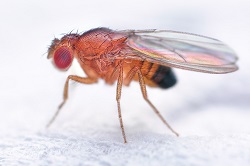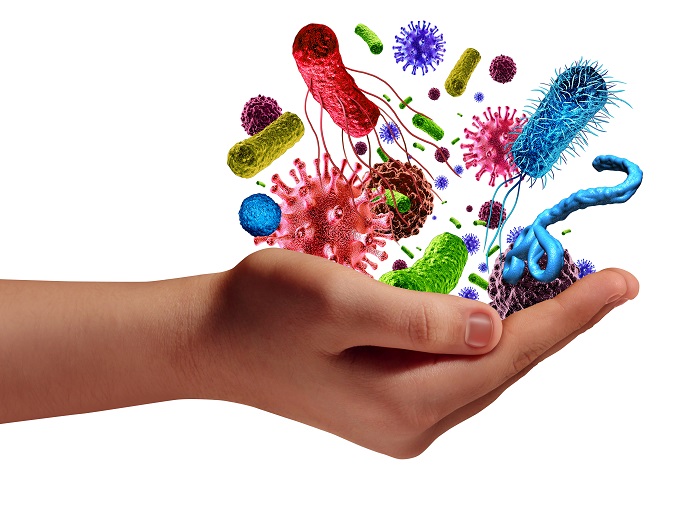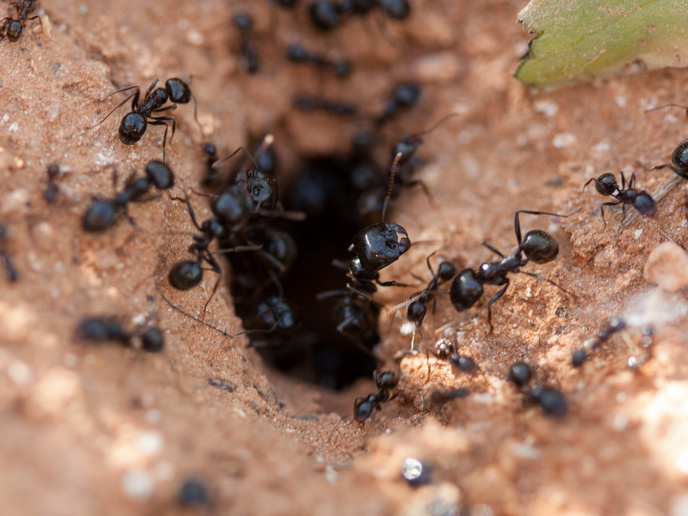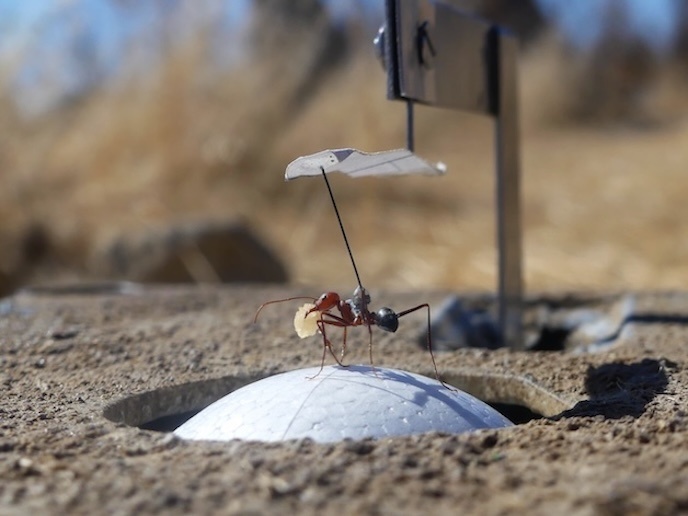Looking to insects to understand our biological rhythms
When you set out to research the biological effect time has on humans, you probably wouldn’t think about focusing your study on insects. But that’s exactly what the EU-funded INSECTIME project did. ‘Our focus was on the circadian and seasonal rhythms in fruit flies, olive flies, linden bugs and parasitoid wasps, all of which are particularly relevant for understanding temporal aspects of human health and wellbeing,’ says project coordinator Charalambos Kyriacou. The rhythm of bugs INSECTIME had one goal: to improve the understanding of our biological rhythms by looking at our circadian and seasonal clocks. Circadian clocks are molecular mechanisms that regulate biological processes that display an endogenous oscillation of about 24 hours. These rhythms have been widely observed not only in humans, but also in plants, animals, fungi and bacteria. ‘These rhythms allow organisms to predict, instead of merely react to, the daily environmental fluctuations due to the Earth’s rotation around its axis,’ explains Kyriacou. Technological advances have permitted society to escape the temporal constraints usually imposed by the natural environment, thus allowing altered and irregular behavioural patterns, meal schedules and lighting regimes. Recently, a wide variety of diseases and health problems have been shown to be mediated or aggravated by chronic disturbance of the circadian clock, for example, in shift workers that make up about 20 % of the working population. Seasonal clocks, on the other hand, regulate those physiological and behavioural processes that repeat themselves every 12 months. These seasonal changes are caused by the Earth’s axial tilt and its rotation around the sun. ‘We all experience changes to our appetite, mood, weight, sleep and fertility throughout the year,’ says Kyriacou. ‘In some cases, especially in extreme environmental conditions, the extent of these cycles can become pathological and lead to depression.’ A fly on the wall The astonishing similarity between the molecular cogs of the 24 hour clock of flies and mammals means that studying the mechanism in insects, and the way it adapts to the environment, leads to insights about human clocks. ‘Indeed, the fruit fly, Drosophila melanogaster, has led the way in the genetic analysis of circadian cycles and much of what we know about mammalian rhythms came initially from this tiny insect,’ explains Kyriacou. According to Kyriacou, Drosophila has a life cycle of 10 days, making it much easier to perform genetic analyses than when using a mouse, whose generation time is upwards of three months. Furthermore, nearly 100 years of genetic analysis of the fly means that it has an unparalleled molecular genetic toolbox whereby any gene can be expressed in any tissue. For example, a brain neuron can be shut down or made hyperactive or even ablated. Of flies and men Using these flies, INSECTIME researchers discovered how light and temperature signals enter the clock and how natural cycling environmental light and temperature conditions engage seasonal winter hibernation. The neurons responsible for these responses have been identified and their role in the neuronal network of ~150 cells that generates rhythmic behaviour has been elucidated. ‘In the mammal, ~20,000 neurons determine rhythmic behaviour, yet the principles by which these clock cells communicate with each other is almost identical to the fly, so it will be interesting to see how the INSECTIME fly research stimulates similar work in mammals,’ concludes Kyriacou.







